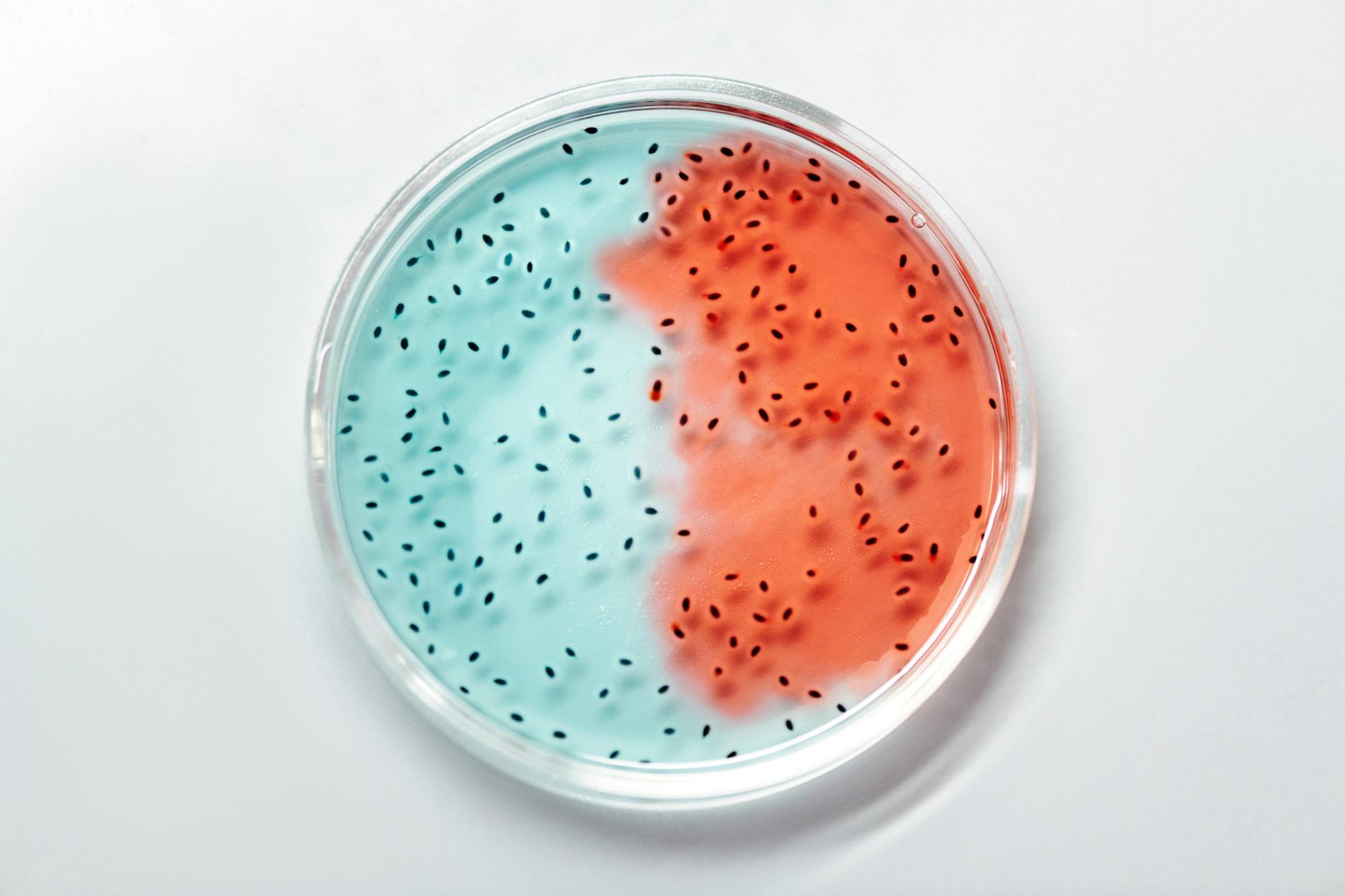Protein promiscuity is critical for nutrition and drug absorption
To eat, a cell needs to carry its main nutrients (sugars, lipids, and peptides –pieces of proteins–) across the cell membrane. To do so, it has a number of molecular transporters. Interestingly, although sugar transporters are highly specific to the type of sugar they transport, peptide transporters are not picky at all. This promiscuity has been recently shown to be critical for nutrition.

A recent paper published in Cell Reports presents 1 the results of a study using X-ray structural analysis of one such peptide transporter in bacteria, DtpB, when bound to 14 different peptides that bacteria “eat.” Interestingly, during transport, DtpB changed its conformation to fit that of the peptide being transported, which remains stable. Further, the researchers observed that strong binding of a peptide to the transporter resulted in poor transport. Basically, these peptides would get stuck to the transporter, not leaving when necessary. Thus, the transporter is most efficient for peptides with moderate binding strength. Although this research focused on bacteria, given the existence of such promiscuous peptide transporters in other organisms, such as humans, indicates that promiscuity is critical to the function of these transporters.

Importantly, these transporters do not only carry “food” components, but also drug molecules. In the human intestine, they carry hypertension drugs, while in bacteria they make help antibiotics reach the inside of bacteria. Understanding the characteristics of the peptides preferred by these transporters could help design more effective drugs. That is why the team combined experimental results with machine learning to identify factors key for peptide recognition such as peptide size, charge and chemical properties. Using this information, the pharmaceutical industry could already exclude poorly absorbed drugs at earlier stages of drug development, thus saving costs and increasing the chances of bringing the most effective drugs possible to market in the shortest time possible.
This research is an example of how basic research can inform and improve clinical research in previously unexpected ways. Although it is still early days, future structural analysis combined with in silico AI prediction models could revolutionise target identification and drug research.
References
- Vadim Kotov et al. (2023) Plasticity of the binding pocket in peptide transporters underpins promiscuous substrate recognition Cell Reports doi: 10.1016/j.celrep.2023.112831 ↩